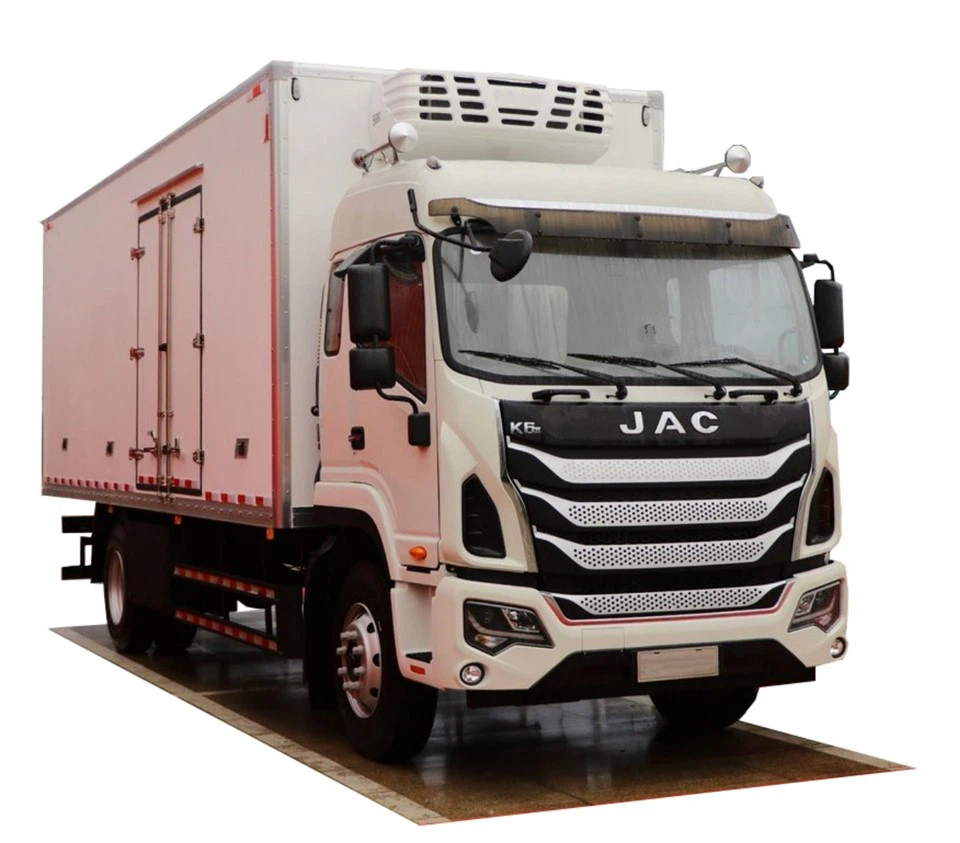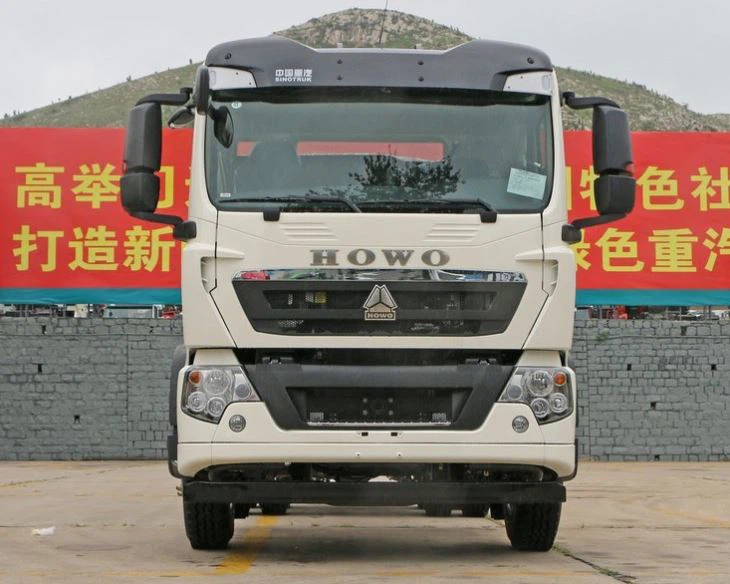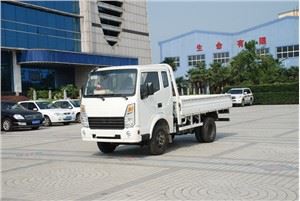Exploring the Future of Transportation: Small Electric Trucks

As the world progresses toward greener and more sustainable options in transportation, small electric trucks are carving out their niche in both urban and rural settings. With their eco-friendly nature, cost-efficiency, and versatility, these trucks are becoming essential to various industries. This article delves into the benefits, features, types, and future of small electric trucks, along with practical tips for potential buyers.
Understanding Small Electric Trucks
Small electric trucks are vehicles designed primarily for hauling goods while being powered by electric engines. Unlike traditional gasoline or diesel trucks, they produce little to no emissions, making them an attractive option for environmentally conscious consumers and businesses alike.
The Rise of Electric Vehicles
The global shift toward electric vehicles (EVs) has profoundly impacted various sectors. The demand for sustainable transportation options is rising due to advancements in battery technology, government incentives, and increased awareness of climate change ramifications. Small electric trucks are particularly favored for last-mile delivery, urban commuting, and construction sites.
Key Features of Small Electric Trucks
- Zero Emissions: These trucks contribute to reducing air pollution, making them suitable for urban areas.
- Cost-Effective: Lower operational and maintenance costs compared to their gasoline counterparts.
- Compact Size: Easier maneuverability and parking in crowded city environments.
- Versatile Use: Ideal for various applications, from deliveries to utility work.
The Benefits of Small Electric Trucks
Environmental Impact
Small electric trucks significantly reduce greenhouse gas emissions. According to a recent study, electric trucks can reduce CO2 emissions by up to 70% compared to their diesel counterparts over their lifetime. This highlights the potential to improve urban air quality and mitigate climate change effects.
Cost Savings
While the initial cost of electric trucks may be higher, savings on fuel, maintenance, and government rebates can justify the investment. Electric vehicles typically require less maintenance since they have fewer moving parts than conventional vehicles. Fleet management has reported savings of up to 40% in maintenance costs when switching to electric.
Enhanced Performance
Small electric trucks often come equipped with advanced technology that enhances performance. Electric motors provide instant torque, contributing to faster acceleration and overall better handling compared to traditional trucks.
Noise Reduction
In urban settings, noise pollution is a significant concern. Small electric trucks operate quietly, making them ideal for nighttime deliveries or other operations in noise-restricted areas.
Types of Small Electric Trucks
Small electric trucks cater to various industries and uses, and understanding these types can help in making an informed choice.
1. Delivery Trucks
These trucks are specifically designed for logistics and delivery services. Companies like Workhorse and Arrival provide models with optimized cargo space and range tailored for last-mile deliveries.
2. Utility Trucks
Utility companies increasingly rely on electric trucks for their operations. Brands like Ford F-150 Lightning are adjusting their designs to accommodate the needs of utility workers, incorporating features such as onboard chargers and tool storage.
3. Pickup Trucks
Electric pickups, like the Tesla Cybertruck and Rivian R1T, blend utility and passenger capabilities, offering robust options for consumers looking for an environmentally friendly choice without sacrificing performance.
4. Vans and Box Trucks
These provide a larger carrying capacity, suitable for businesses that require transporting goods. Models such as the Nissan e-NV200 and Mercedes Benz eSprinter are popular among small businesses for their cargo space efficiency.
Choosing the Right Small Electric Truck
When in the market for a small electric truck, several factors should be considered to ensure the best choice is made.
1. Define Your Needs
Identify your primary use case. Will it be for deliveries, utility purposes, or personal use? Different applications may necessitate distinct features such as load capacity and range.

2. Evaluate Range and Battery Life
Evaluate the battery life and range offered by the model. Short-range vehicles may not be suitable for longer trips. Compare your daily requirements with the vehicle specifications.
3. Consider Charging Options
| Charging Type | Description |
|---|---|
| Level 1 Charging | Standard outlet; slowest charging, usually 4-8 miles per hour. |
| Level 2 Charging | Faster charging; requires special equipment, can recharge up to 25 miles per hour. |
| DC Fast Charging | Rapid charging system; can deliver 80% charge in under an hour. |
4. Assess the Total Cost of Ownership
Factor in not only the purchase price but also charging costs, maintenance, insurance, and potential tax credits. Many regions offer incentives for electric vehicle purchases, which can help offset initial costs.
Practical Tips for Transitioning to Electric Trucks
Familiarize Yourself with Incentives
Check for local, state, or federal incentives for purchasing electric vehicles. Tax credits can provide significant savings.
Invest in Charging Infrastructure
If you plan on using electric trucks in your fleet, consider investing in charging stations. Depending on fleet size, establish a suitable charging schedule to avoid downtime.
Utilize Fleet Management Software
Implement fleet management tools that assist in monitoring the performance, range, and charging schedules of your electric trucks. This technology can provide data that helps optimize daily operations and maximize efficiency.
Train Your Staff
Ensure that employees are educated about the specifics of operating electric trucks. Proper training can enhance efficiency and extend the vehicle’s lifespan.
The Future of Small Electric Trucks
The future of small electric trucks appears bright, with increasing investments in battery technology and improvements in charging infrastructure. Several major automakers have declared ambitious plans to roll out new electric vehicle models in the coming years. Innovations such as autonomous driving technology are also likely to emerge in the small electric truck sector.
Emerging Technologies
Future advancements in battery technology could lead to longer ranges, faster charging, and reduced costs. Solid-state batteries are a promising development that may revolutionize the industry.
Sustainable Manufacturing Practices
As sustainability becomes a focal point, manufacturers are adopting eco-friendly practices. Using recycled materials and reducing waste in production processes will be common in the future, making these trucks even more environmentally friendly.
FAQ Section
1. What is the average range of a small electric truck?
The average range of small electric trucks can vary widely, typically ranging from 100 to 300 miles on a single charge, depending on the model and battery capacity.
2. How long does it take to charge a small electric truck?
Charging times can vary: Level 1 chargers can take several hours, Level 2 chargers generally require 4-8 hours, and DC fast chargers can charge most vehicles to 80% in under an hour.

3. Are there government incentives for purchasing electric trucks?
Yes, various government incentives, including federal tax credits and state rebates, are available to offset the cost of purchasing electric trucks. It is wise to check local regulations for specific offerings in your area.
4. How do small electric trucks perform compared to gasoline trucks?
Small electric trucks often outperform gasoline trucks in acceleration and torque due to electric motors. They also offer lower operational costs and contribute to reducing air pollution.
5. Are small electric trucks suitable for rough terrains?
Some models are designed for off-road and rugged terrains, equipped with advanced suspension systems and robust tires. It’s essential to select a model that suits your operational needs.

6. What maintenance do electric trucks require?
Electric trucks generally require less maintenance than gasoline vehicles, as they have fewer moving parts. Regular checks on the battery, tires, and brakes will ensure optimal performance.
